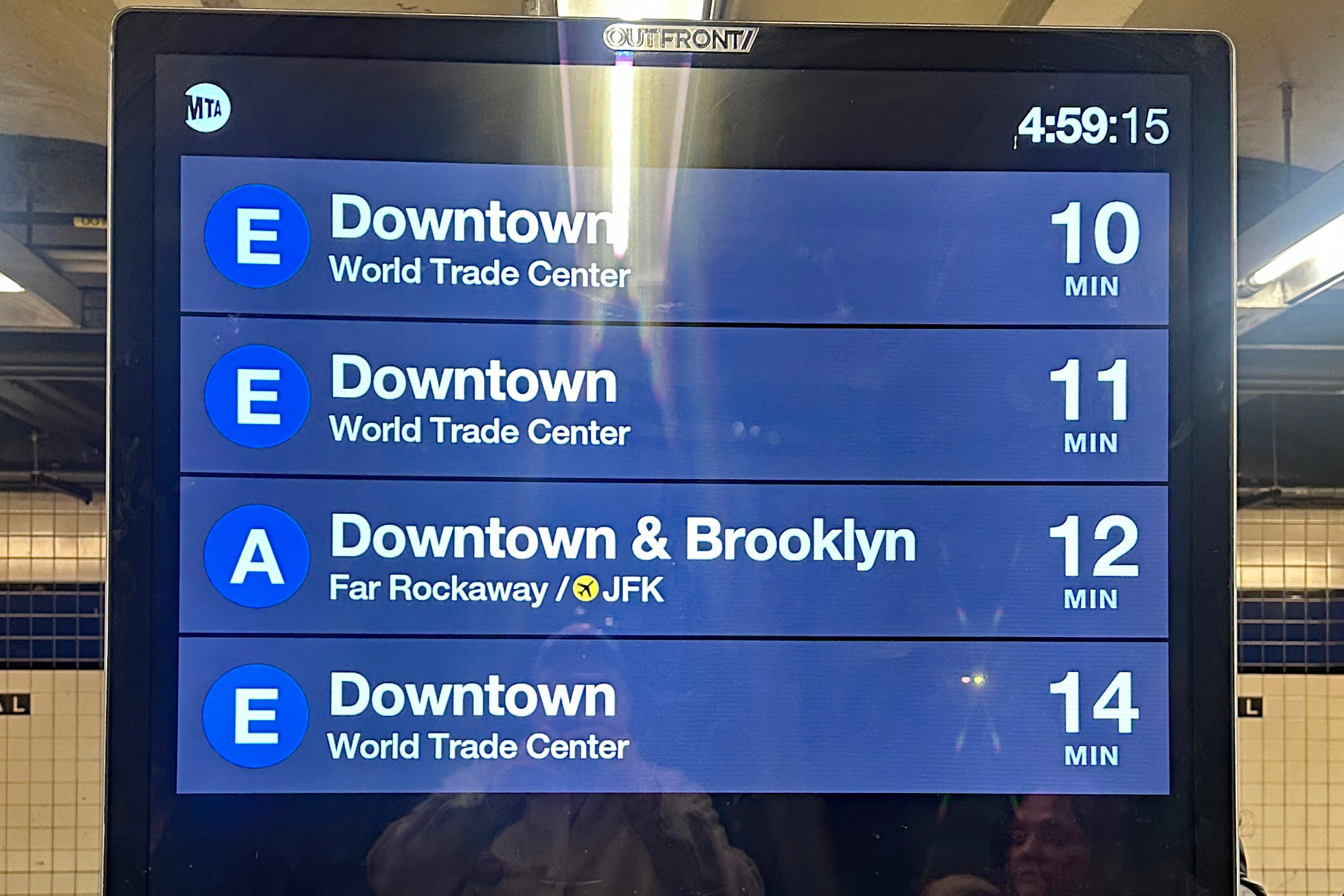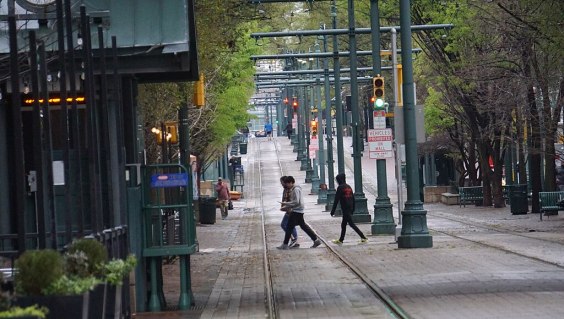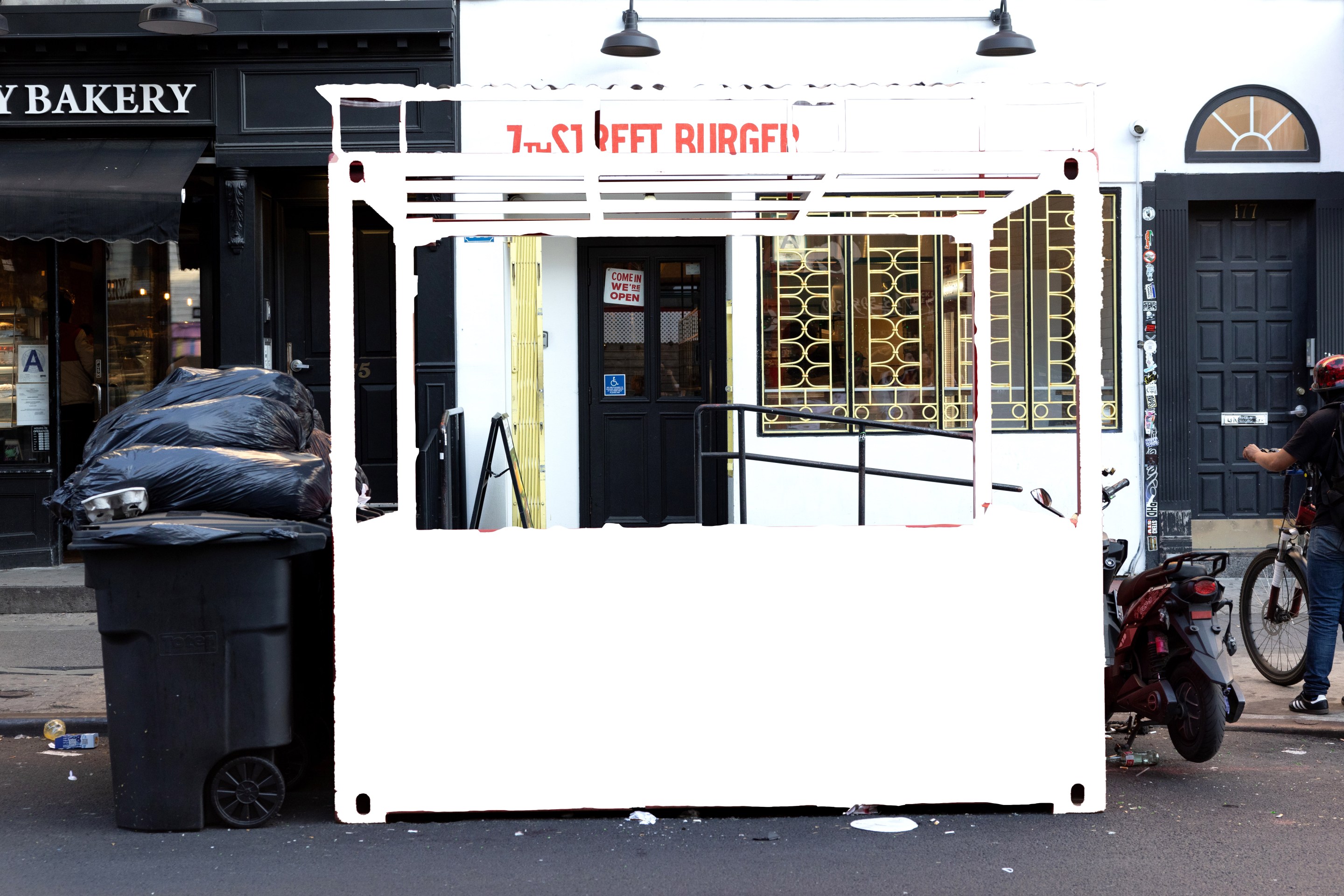Yesterday, New York State's Four Men in a Room agreed to a process that may or may not result in congestion pricing for New York City. Even by Albany standards, Bloomberg, Spitzer, Silver and Bruno's deal is incredibly complex. The deal, which is supposed to be formalized by a vote in the state legislature shortly, lays out very specific deadlines that must be achieved before New York City is granted the power to collect congestion charges. The first step in even beginning to understand the implications of yesterday's deal is to understand the timeline that it set forth.
Here, as best we can tell, is the congestion pricing timeline:
In the next two weeks: The state legislature votes on the "deal" and it is signed by the governor. This must happen soon since the commission is slated to start work.
By August 1, 2007: A 17-member Commission appointed by the Governor, Mayor, State Senate, Assembly and City Council are presented with the mayor's plan. They may hold hearings or consider a wide variety of options before producing an "Implementation Plan." The Implementation Plan doesn't necessarily have to include congestion pricing but must come up with some way to reduce average vehicle miles traveled by 6.3%, as promised to the US Dept. of Transportation.
August 8, 2007: US DOT announces the recipients of $1.2 billion in federal grants. If New York does not receive at least $200 million, the deal is off.
By October 1, 2007: The US DOT must have committed at least $200 million to the Implementation Plan. Likewise, the MTA must explain to the Commission the impacts of the Implementation Plan on its budget and operations by this date.
By December 31, 2007: The City or US DOT have to have committed at least $250 million or the deal is off. (The US DOT is being asked to give New York the money before the commission produces it's implementation plan.)
By January 31, 2008: The Commission must votes on an Implementation Plan. The Implementation Plan is supposed to be the consensus document underlying all legislation. As noted above, the Plan must reduce traffic as much as the mayor's plan.
By March 28, 2008: The City Council must vote to approve the "Implementation Plan," send a home rule message to the state legislature. A home rule message is a request from a city or town council to the state legislature asking them to vote on legislation affecting only that town or city.
By March 31, 2008: The MTA must have submitted a capital program for the period covering July 1, 2008 through December 31, 2013, an 18-month acceleration of the typical MTA capital program process. Likewise, the New York State Assembly and Senate must vote on the Implementation Plan by March 31, 2008.
On June 30, 2012: The legislation will expire.
One immediate question that comes to mind: What would a federal law suit demanding a time-consuming environmental impact study do to the timeline and the "deal?"





